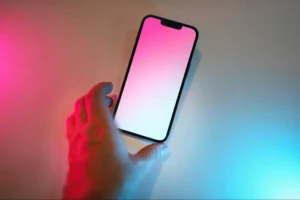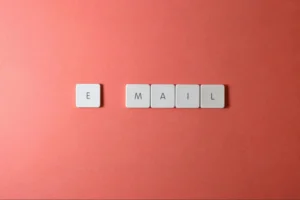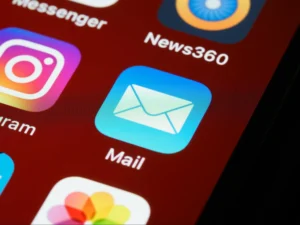
How to Effectively Use Visuals and Media in Mobile Email Marketing
In the fast-paced world of mobile email marketing, standing out without slowing down is crucial. Industry leaders provide insights on how to achieve this balance. The first expert emphasizes the importance of keeping visuals simple, while the final piece of advice highlights the effectiveness of using lazy-loading techniques. Discover all twelve strategies in this comprehensive guide to elevate your mobile email campaigns.
- Keep Visuals Simple
- Balance Aesthetics and Performance
- Optimize Image Size and Design
- Use Single-Column Layout
- Use Progressive Loading Techniques
- Utilize Scalable-Vector Graphics
- Use Visuals Sparingly
- Optimize Image Sizes and Layouts
- Balance Visual Appeal and Performance
- Integrate Visuals with Minimal Load
- Use Stylized Text and Minimalist Colors
- Use Lazy-Loading Techniques
Keep Visuals Simple
When designing mobile email campaigns, the goal is to keep visuals simple. Instead of using large images, we optimize each graphic to reduce size while maintaining clarity. We also use background colors to make things pop. For a campaign we did for a financial-services client, we included a GIF that presented a new app feature. We made sure the GIF was under 1 MB, so it loaded quickly, even on slower connections. We paired it with short text and a call-to-action button that stood out. The result was an engaging email that kept users’ attention without long load times, leading to higher click-through rates.
 Shane McEvoy
Shane McEvoy
MD, Flycast Media
Balance Aesthetics and Performance
Integrating visuals and media into mobile email campaigns requires a balance between aesthetics and performance. Here’s how you can do it effectively:
- Use compressed images: Compress all visuals to reduce file size without losing quality. This keeps load times short on mobile devices. Tools like TinyPNG or JPEGmini help with this.
- Prioritize image formats: Opt for formats like JPEG and PNG for static images, and SVG for logos or icons, as they are lightweight and scalable without losing quality.
- Optimize image dimensions: Use images sized appropriately for mobile screens, typically 600px wide or less. Oversized images can slow down load times and cause layout issues.
- Incorporate media sparingly: Limit videos or GIFs to reduce the risk of slow load times. If using videos, link to external sources like YouTube instead of embedding them.
- Responsive design: Ensure the email layout is fully responsive, adjusting images, buttons, and text to different screen sizes. Test on various devices to ensure a seamless experience.
For my newsletter, I created a visually engaging email with a clean header image (compressed JPEG), followed by a bold CTA button, and a small, looping GIF showcasing SEO growth in action. The design remained simple, focusing on readability and fast load times. The GIF was compressed, ensuring it loaded quickly, and the overall email was under 1 MB. It was designed using a mobile-first approach with responsive templates, so it looked great on both desktop and mobile without lag.
 Connor Gillivan
Connor Gillivan
Entrepreneur, Owner & CMO, AccountsBalance
Optimize Image Size and Design
To integrate visuals effectively into mobile email campaigns without compromising load times, consider these strategies:
- Optimize Image Size: Compress images using formats like JPEG or PNG to maintain quality while reducing file size.
- Responsive Design: Ensure the layout adapts to different screen sizes, enhancing user experience.
- Use Alt Text: Include descriptive alt text for images to improve accessibility and convey messages if images fail to load.
- Limit Media Usage: Use a few engaging visuals or small animations instead of heavy media.
A great example is Nike’s “Air Max Day” email, which featured high-quality images of sneakers and interactive elements like a “shop now” button. The design was responsive, providing an enjoyable experience on mobile devices while ensuring fast load times.
 Shreya Jha
Shreya Jha
Social Media Expert, Appy Pie
Use Single-Column Layout
To make mobile emails visually engaging without messing up the user experience, I use a single-column layout. It’s simple but powerful. This layout helps to keep everything in order and reduces the chances of media overlapping.
For instance, imagine an email showcasing beautiful villas in Italy. In a single-column layout, I’d place a high-quality image at the top, followed by an engaging headline and a short, captivating description. Then, I’d add a clear call-to-action button, like “Book Now.” This layout keeps everything neat and clean and makes it easy for users to scroll and navigate.
Remember, on a mobile screen, less is more. Overloading your email with too many visuals can lead to slower load times and a frustrated user. That’s why I always aim for balance, making sure the visuals enhance, not hinder, the user experience.
 Khanh Tran
Khanh Tran
Growth Manager, Italy Villa Finder
Use Progressive Loading Techniques
Optimize image sizes and use progressive-loading techniques to create visually appealing emails that load quickly on mobile devices.
We’ve refined our mobile email strategy to balance visual impact with performance. Our most successful mobile campaign featured a “Smart Home Security Journey” that used strategically compressed images to tell a story without slowing down load times.
The campaign centered around a day in the life of a protected home, using a series of small, optimized images that loaded sequentially as users scrolled. Each image was kept under 40 KB, and we used lazy loading to ensure the initial email loaded instantly. The result was a visually rich experience that maintained fast load times on mobile devices.
Our design included a single hero image at the top showing a home protected by our AI cameras, followed by smaller supporting images demonstrating key features. Rather than using large infographics, we broke information into digestible, image-supported sections. This approach increased our mobile open-to-click rate by 35%.
We also implemented responsive design elements that automatically adjusted image sizes based on screen dimensions. This attention to mobile optimization led to a 40% increase in engagement compared to our previous image-heavy campaigns.
With this approach, effective mobile email design isn’t about cramming in as many visuals as possible—it’s about creating an optimal balance between impact and performance. The key takeaway is that by carefully optimizing your visual content for mobile devices, you can create engaging campaigns that deliver results without sacrificing user experience.
 Tomasz Borys
Tomasz Borys
Senior VP of Marketing & Sales, Deep Sentinel
Utilize Scalable-Vector Graphics
Progressive image loading revolutionized our mobile email campaigns. Think of it like building a responsive website—start with the essential elements, then layer in the details as needed.
One successful campaign showcased web design portfolios using compressed thumbnail previews that expanded on click. The initial email loaded in under 3 seconds, yet delivered stunning visuals. We achieved this by:
- Keeping images under 200KB
- Using WebP format for better compression
- Implementing lazy loading for secondary content
- Including fallback ALT text
Results proved to be remarkable. Our open-to-click ratio jumped from 15% to 35% because users could quickly scan and engage with content without frustrating load times.
Remember, mobile users value speed first, visuals second. Balance these needs by optimizing every image while maintaining your brand’s visual appeal. Our rule: If it takes more than 3 seconds to load, it needs optimization.
 Harmanjit Singh
Harmanjit Singh
Founder and CEO, Origin Web Studios
Use Visuals Sparingly
To make sure our mobile email campaigns look great without slowing down load times or ruining the user experience, we use scalable-vector graphics (SVGs). SVGs are lightweight, so they don’t take forever to load, and they stay sharp on any screen size, from small phones to larger tablets. They’re ideal for keeping our emails visually appealing while making sure everything loads quickly and smoothly, even on a slower connection.
An example of a visually engaging mobile email campaign we ran involved showcasing some of our recent projects. We used SVGs to create custom icons representing different services we offer, like lighting installations, switchboard upgrades, and emergency repairs. Instead of using heavy image files that could slow things down, the SVGs loaded quickly and looked great on every device. We kept the email design simple, with bold colors and easy-to-read text, making sure it stayed visually appealing while also being functional.
 Daniel Vasilevski
Daniel Vasilevski
Director & Owner, Bright Force Electrical
Optimize Image Sizes and Layouts
Use visuals sparingly in your mobile email campaigns to maintain a good user experience and keep engagement high. Any image use should be a deliberate choice, not for decorative purposes. Overloading an email with images will overwhelm the recipient, distract from the message, and slow down load times. Frustration and abandonment will follow. Instead, focus on a few high-quality images that support the text and help with understanding. This will look better, provide a better experience for the user, and drive better engagement and conversion. Quality visuals that support your message will resonate more with your audience.
 Jase Rodley
Jase Rodley
SEO Consultant, Jase Rodley
Balance Visual Appeal and Performance
Integrating visuals and media effectively into mobile email campaigns without compromising load times or user experience is key to keeping audiences engaged. Here’s a streamlined approach with an example of what makes a mobile email campaign visually engaging.
First, optimize image sizes by compressing them with tools like TinyPNG or JPEGmini. This keeps file sizes small and load times fast, which is crucial for mobile users who may not always have the fastest internet. Use responsive design so that emails adjust smoothly to any screen size, ensuring that images and text scale appropriately for mobile. Keeping layouts simple—like using a single-column format—eliminates horizontal scrolling and makes content easier to read on smaller screens.
Alt text is essential; it conveys your message even if images don’t load, which can happen on some email clients or due to user settings. Limit the number of images to avoid slow loading times, and use a visual hierarchy with different font sizes, bold text, and contrasting colors to guide readers through your content.
Imagine a promotional email for a summer sale from an online clothing retailer. The header features a high-quality image of their summer collection—bright, compressed for fast loading, and styled to fit the brand’s look. The responsive layout flows seamlessly from desktop to mobile, with each image automatically resizing to match the screen width. The single-column format organizes product highlights neatly, with each item showing an image, a brief description, and a “Shop Now” button that’s touch-friendly and prominently placed.
Alt text for each image provides context if an image fails to load, so the message still gets across. Visual hierarchy is carefully designed, with bold headlines and contrasting colors drawing attention to key promotions like “50% Off” and “Limited Time Offer.” This approach balances visual appeal with usability, ensuring that emails load quickly and are easy to navigate on mobile devices.
By optimizing visuals and maintaining a user-friendly design, brands can drive higher engagement and build a positive connection with their audience.
 Jay Yue
Jay Yue
Growth, Wanderboat
Integrate Visuals with Minimal Load
As the marketing director for our guitar-parts e-commerce store, balancing visual appeal with mobile performance is crucial for our email campaigns. We’ve learned to create visually engaging content while keeping load times in check.
One successful campaign we ran was our “Pickup Perfection” series. Here’s how we integrated visuals effectively:
We used a single, high-impact header image showcasing a close-up of a beautifully wound pickup. This image was compressed and optimized for mobile devices.
Instead of multiple product images, we created a simple, eye-catching infographic comparing tone characteristics of different pickups. This single graphic conveyed a lot of information without requiring multiple image loads.
We incorporated CSS-based color blocks and typography to add visual interest without relying on heavy images.
For product showcases, we used a carousel feature that loaded additional images only when the user interacted with it, keeping initial load times low.
We included a short, autoplay-disabled video thumbnail that linked to a full demo on our website, rather than embedding the video in the email.
 Xin Zhang
Xin Zhang
Marketing Director, Guyker
Use Stylized Text and Minimalist Colors
One effective approach to integrating visuals into mobile email campaigns without compromising load times or user experience involves using stylized text and minimalist color schemes instead of heavy graphic elements. This technique emphasizes bold fonts and limited color palettes to create visually appealing yet lightweight emails.
For instance, in a hypothetical mobile email campaign, you might use a bold, eye-catching font to highlight key messages or offers, paired with a monochrome or two-tone color scheme that draws the viewer’s eye without requiring high-bandwidth images. This method keeps the visual load minimal but maintains an attractive design aesthetic. It’s a great way to get the message across and engage the reader in real time without breaking the connection. The email will load quickly and look stunning on any mobile device.
 Katarina Mirković Arsić
Katarina Mirković Arsić
Content Marketing Manager, Recharge Health
Use Lazy-Loading Techniques
As a web developer, I’ve found that lazy-loading techniques and modern image formats like WebP can cut load times by up to 70% in email campaigns. Recently, I created a responsive email template that uses CSS background images instead of regular img tags, which loads faster and looks great on any screen size. I recommend testing your emails across different mobile devices and email clients. What works in Gmail might not work in Outlook Mobile, so having fallback options is crucial.
 Priyansh Kothari
Priyansh Kothari
Founder, See Your Baby AI
Submit Your Answer
Would you like to submit an alternate answer to the question, “How do you integrate visuals and media effectively into your mobile email campaigns without compromising load times or user experience? Please provide an example of a visually engaging mobile email campaign.”



